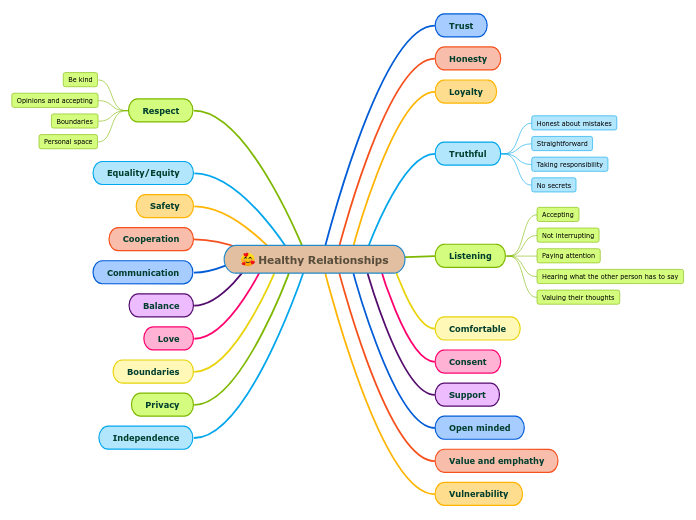Reference:
- McCarthy, M. (1991). Discourse analysis for language teachers (Vol. 8, No. 1). Cambridge: cambridge university press. Recovered from: https://sacunslc.files.wordpress.com/2015/03/michael-mccarthy-discourse-analysis-for-language-teachers-cambridge-language-teaching-library-1991.pdf
Group 1: Alomoto Cristian Andrade Evelyn Alban Lesly Alban Shirley Arias Maria
Instrumentos de gestión educativa
Type in the name of your organization and press Enter.
1.8 Written discourse
Examples of cohesive features in a telephone-related text.
Cohesive features
Pronominalization, ellipsis, conjunction
Grammar of English and options for creating cohesion in texts.
Implications of sentence structuring for paragraphs and entire texts.
Grammatical regularities in well-formed written texts.
Applicability of insights from written discourse analysis to language teaching.
Questions about norms and rules in creating written texts.
Similarities with spoken discourse in terms of structure, hierarchy, and conventions.
Differences between written and spoken texts.
1.7 Talk as a social activity
Observations on conversational behavior, adjacency pairs, turn-taking, openings, closings, topics, politeness.
Features handled by Sinclair-Coulthard model, but complications present.
Problems raised for discourse analysts.
Structuredness comparison with classroom talk and Jozef-Chris conversation.
Transcript analysis
initiating, responding, follow-up.
Challenges in analyzing a casual conversation.
Casual talk among equals, complex discourse control.
Predictability in structured situations.
Rigid conventions in teacher and doctor-patient talk.
1.11 Conclusion
Discourse analysis is a form of education that facilitates the development of teaching materials, fosters pragmatic awareness, and equips students with skills to interpret and produce language.
Discourse analysis enhances our comprehension of the complexities inherent in human interaction and expression.
Discourse analysis is a broad field in linguistics, addressing more than issues such as clause or sentence structure.
1.10 Larger patterns in text
Analyzing larger patterns involves looking at the overall structure, organization, and coherence of texts.
Texts contain broad patterns that are subject to interpretation by the reader.
Analyzing broader patterns in text is crucial to gaining a holistic understanding of how language works in different contexts.
1.9 Text and interpretation
In the text, it is crucial to take into account the existence of markers and signs with particular semantics.
Interpretation is a set of procedures and focuses on the mental activities involved in analyzing a text, often referred to as procedural.
The interpretation of a text is a critical process that is influenced by both the reader's perspective and the author's input.
1.5 Spoken discourse: models of analysis
Emphasis on understanding entire discourse "wholes."
Aims to capture comprehensive discourse structures.
Offers a robust analytical model.
Characterized by simplicity and potency.
Recognizes diversity within the field.
Acknowledges other valid approaches to discourse analysis.
Led by scholars Sinclair and Coulthard in 1975.
Initial focus on discourse structure in school classrooms.
Originated at the University of Birmingham.
1.4 The scope of discourse analysis
Recognize context's crucial role in shaping language use.
Improved understanding supports better decision-making in education.
"Discourse analysis" includes both spoken and written interaction.
Discourse analysts equally interested in how written content is organized.
Expectations: coherence, meaningful communication.
Various forms: articles, letters, stories, recipes, etc.
Encompasses written communication extensively.
Not limited to spoken interaction.
1.3 Speech acts and discourse structures
Speech Acts
Discourse Analysis vs. Speech Acts:
Interest in the process of assigning functions.
Focus on fully contextualized speech acts within the surrounding text and situation.
Difficulty in assigning functions to specific forms.
Language not just a string of forms.
Structure of Discourses:
Interpretation challenges in analyzing discourse extracts.
Beginnings, middles, and ends.
Overlap with communicative language teaching.
Examples: Request, instruction, exemplification.
Definition: Concerned with what is done with language.
1.1 What is discourse analysis?
If you win the investment or support that you need, where will you start?
Function
depends on context, grammar or phonology.
American discourse analysis
communication of people in natural settings.
emphasizes close observation
British discourse analysis
the thematic and informational structure of speech and writing.
emphasizes the social functions of language
Influence by Halliday's functional approach to language.
Focus on natural rather than artificial language.
It is a broad and heterogeneous field.
Grammar has links to discourse.
Relationship between language and the contexts in which it is used.
Discourse analysis emerged in 1960.
Based on descriptive linguistics, applied linguistics and second language learning and teaching.









